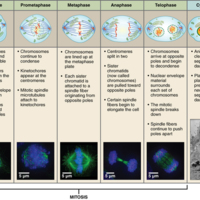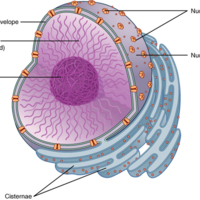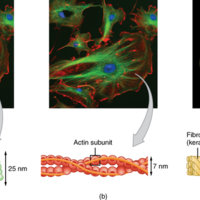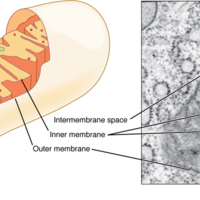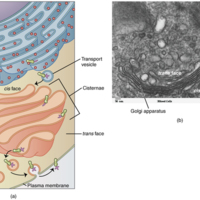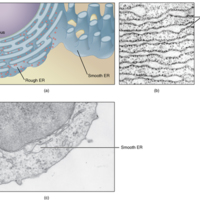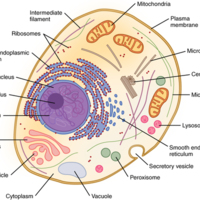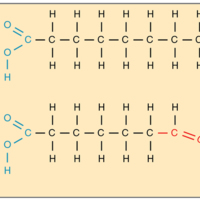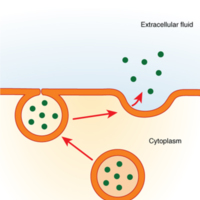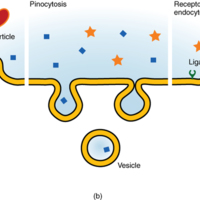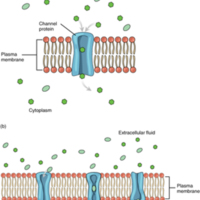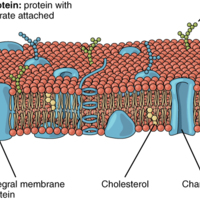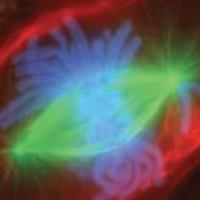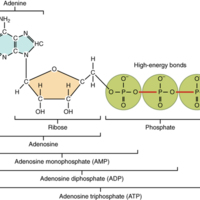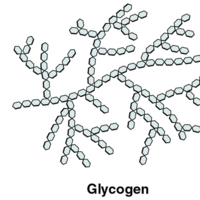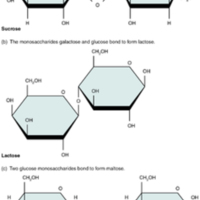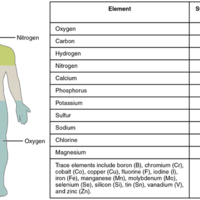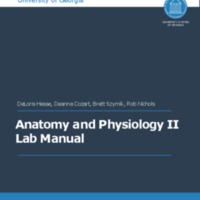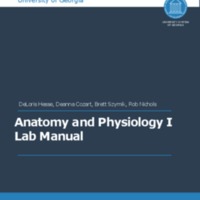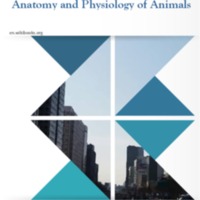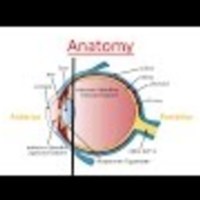Browse Items (23 total)
- Tags: anatomy
Sort by:
Cell Division: Mitosis
The stages of cell division oversee the separation of identical genetic material into two new nuclei, followed by the division of the cytoplasm.
Tags: anatomy, Cell Division, Mitosis
The Three Components of the Cytoskeleton
The cytoskeleton consists of (a) microtubules, (b) microfilaments, and (c) intermediate filaments. The cytoskeleton plays an important role in maintaining cell shape and structure, promoting cellular movement, and aiding cell division.
Tags: anatomy, Cytoskeleton
Mitochondrion
The mitochondria are the energy-conversion factories of the cell. (a) A mitochondrion is composed of two separate lipid bilayer membranes. Along the inner membrane are various molecules that work together to produce ATP, the cell’s major energy…
Tags: anatomy, Mitochondrion
Golgi Apparatus
(a) The Golgi apparatus manipulates products from the rough ER, and also produces new organelles called lysosomes. Proteins and other products of the ER are sent to the Golgi apparatus, which organizes, modifies, packages, and tags them. Some of…
Tags: anatomy, Golgi Apparatus
Endoplasmic Reticulum (ER)
(a) The ER is a winding network of thin membranous sacs found in close association with the cell nucleus. The smooth and rough endoplasmic reticula are very different in appearance and function (source: mouse tissue). (b) Rough ER is studded with…
Prototypical Human Cell
While this image is not indicative of any one particular human cell, it is a prototypical example of a cell containing the primary organelles and internal structures.
Tags: anatomy, Human Cell, Prototypical
Exocytosis
Exocytosis is much like endocytosis in reverse. Material destined for export is packaged into a vesicle inside the cell. The membrane of the vesicle fuses with the cell membrane, and the contents are released into the extracellular space.
Tags: anatomy, Exocytosis
Three Forms of Endocytosis
Endocytosis is a form of active transport in which a cell envelopes extracellular materials using its cell membrane. (a) In phagocytosis, which is relatively nonselective, the cell takes in a large particle. (b) In pinocytosis, the cell takes in…
Tags: anatomy, Endocytosis, Three Forms
Sodium-Potassium Pump
The sodium-potassium pump is found in many cell (plasma) membranes. Powered by ATP, the pump moves sodium and potassium ions in opposite directions, each against its concentration gradient. In a single cycle of the pump, three sodium ions are…
Tags: anatomy, Sodium-Potassium Pump
Facilitated Diffusion
(a) Facilitated diffusion of substances crossing the cell (plasma) membrane takes place with the help of proteins such as channel proteins and carrier proteins. Channel proteins are less selective than carrier proteins, and usually mildly…
Tags: anatomy, Facilitated Diffusion
Cell Membrane
The cell membrane of the cell is a phospholipid bilayer containing many different molecular components, including proteins and cholesterol, some with carbohydrate groups attached.
Tags: anatomy, Cell Membrane
Adenosine Triphosphate
The nucleotide adenosine triphosphate (ATP), is composed of a ribose sugar, an adenine base, and three phosphate groups ([link]). ATP is classified as a high energy compound because the two covalent bonds linking its three phosphates store a…
Tags: Adenosine Triphosphate, anatomy, Chemistry
Polysaccharides
Polysaccharides can contain a few to a thousand or more monosaccharides. Three are important to the body:
Starches are polymers of glucose. They occur in long chains called amylose or branched chains called amylopectin, both of which are…
Starches are polymers of glucose. They occur in long chains called amylose or branched chains called amylopectin, both of which are…
Tags: anatomy, Chemistry, Polysaccharides
Disaccharides
A disaccharide is a pair of monosaccharides. Disaccharides are formed via dehydration synthesis, and the bond linking them is referred to as a glycosidic bond (glyco- = “sugar”). Three disaccharides are important to humans. These are sucrose,…
Tags: anatomy, Chemistry, Disaccharides
Elements of the Human Body
The main elements that compose the human body are shown from most abundant to least abundant.
Tags: anatomy, Elements, Human Body
UGA Anatomy and Physiology 2 Lab Manual
The manual contains the following labs:
Blood Composition
Blood Typing
Heart Anatomy
Cardiovascular Physiology
Systemic Blood Vessels
Anatomy of the Respiratory System
Physiology of the Respiratory System
…
Blood Composition
Blood Typing
Heart Anatomy
Cardiovascular Physiology
Systemic Blood Vessels
Anatomy of the Respiratory System
Physiology of the Respiratory System
…
UGA Anatomy and Physiology 1 Lab Manual
The manual contains the following labs:
Introduction
Tissues
Integument
Introduction to the Skeleton
Axial Skeleton: Skull
Axial Skeleton: Vertebral
Appendicular Skeleton: Introduction and Pectoral Girdle
…
Introduction
Tissues
Integument
Introduction to the Skeleton
Axial Skeleton: Skull
Axial Skeleton: Vertebral
Appendicular Skeleton: Introduction and Pectoral Girdle
…
Anatomy and Physiology of Animals
fter completing this section, you should know the:
• symbols used to represent atoms;
• names of molecules commonly found in animal cells;
• characteristics of ions and electrolytes;
• basic structure of carbohydrates with examples;
•…
• symbols used to represent atoms;
• names of molecules commonly found in animal cells;
• characteristics of ions and electrolytes;
• basic structure of carbohydrates with examples;
•…
Anatomy & Physiology
Welcome to Human Anatomy and Physiology, an OpenStax College resource. We created this textbook with several goals
in mind: accessibility, customization, and student engagement—helping students reach high levels of academic…
in mind: accessibility, customization, and student engagement—helping students reach high levels of academic…
Tags: anatomy, Anatomy & Physiology, Physiology
Cataract Explained from A to Z
This video was created for the contest " anatomy by students, international contest"
Category 5. ENT, ophthalmology, General Practice
This video by Hershko Sarah is licensed under the Creative Commons Attribution ShareAlike 4.0 International…
Category 5. ENT, ophthalmology, General Practice
This video by Hershko Sarah is licensed under the Creative Commons Attribution ShareAlike 4.0 International…


